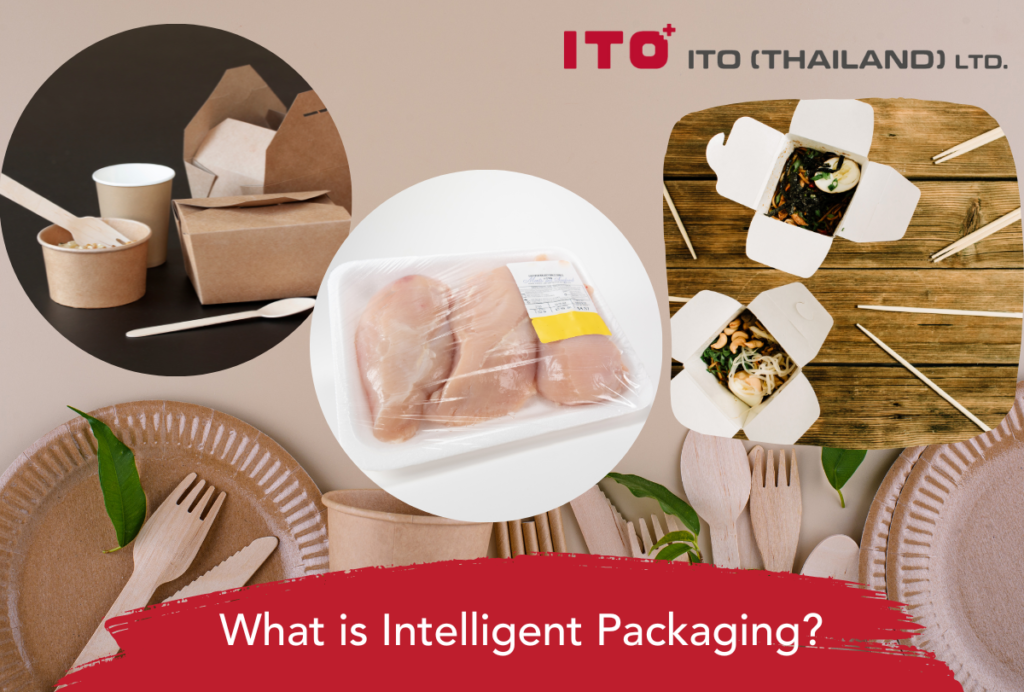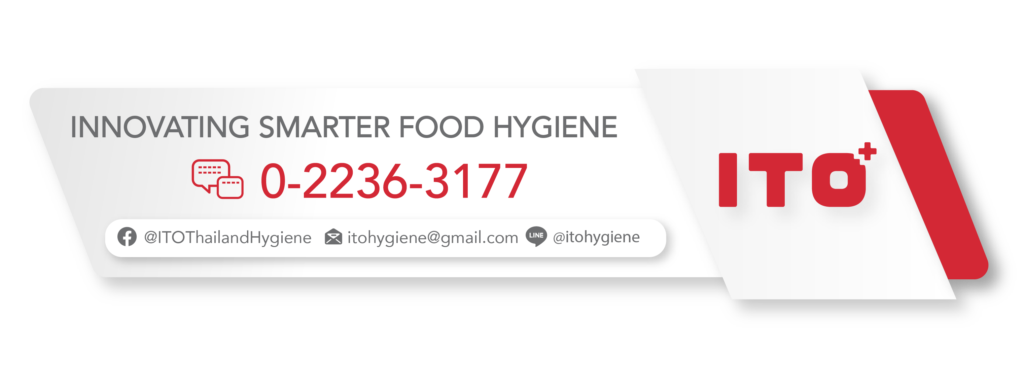ITO Thailand Hygiene Blog
Intelligent Packaging
Without packaging, food products would last for only a short period of time, impossible for logistics management, difficulties in the supply chain system, quick quality deterioration, and prone to contamination to risky foodborne pathogens. In reality, there are many more functions that packaging is contributing to food products, as well as many types of smart packaging. Intelligent packaging is considered to be a part of smart packaging, so in this blog, we will discuss the contribution of intelligent packaging to food products.
What is Intelligent Packaging?
Not to be confused with other types of packaging systems (Connected packaging, and active packaging, which will be discussed in future blogs) (6), intelligent food packaging is a type of packaging equipped with the ability to sense or monitor the attributes of food product, its inner environment, as well as storage and transport condition (2). Some intelligent packaging is associated with nanotechnology such as nanosensors to detect any condition changes and send back signals to notify consumers, or application of encapsulation technology for making a more durable and thermal stability materials such as sensors or indicators (1). In short, intelligent packaging can detect the attributes of food, so consumers are able to enjoy their food in its optimum condition. However, it is important to note that intelligent packaging does not have the ability to enhance product attributes, or ‘actively’ respond to interior changes which are the distinguished characteristics of active packaging.
Unique Features and Safe Food Products Features
One of the most unique features of intelligent packaging is the label that changes according to the interior environment. For instance, freshness or ripening indicators in high-valued fruit product packaging are able to detect the release of ethylene, a major plant hormone that initiates ripening and leads to softening, and deterioration of fruits or vegetables (5). Moreover, time-temperature indicators (TTIs) have become predominant features for intelligent packaging as it easily gives storage condition information on any temperature variation which may affect the quality and safety of food products, and it is one of the simplest, and efficient method to measure any mechanical, chemical, enzymatic or microbial changes which could regress into potential food spoilage (4). Some examples of commercial TTIs in the market are MonitorMark, Timestrip, Fresh-Check, and Checkpoint which consist of intelligent label that inform consumers how long the product has been open or has been exposed to any undesirable temperature or condition, thus it is way safer than relying on a single ‘use-by’ or ‘best-before’ date (4).
Some freshness indicators are able to detect biogenic amines, which indicate the growth level of spoilage bacteria based on level of transglutamase or amine oxidases in meat packaging system, or lactic acid sensors based on enzyme activities such as lactate oxidase and peroxidase (3). Some intelligent packaging uses gas indicators to suggest the quality condition of food product based on chemical reaction or enzymatic changes, which is often related with microbial spoilage as well (3). When consumers are informed with freshness information, they can easily choose not to consume if freshness is not in the best condition because these indicators are user-friendly and quite easy to understand. A time-temperature indicator is also providing a better consumer convenience in regard to eating-drink experience enhancement. It can determine the optimum serving temperature for a high-valued product, such as informing the best temperature to serve wine and more consumer satisfaction can be expected.
Barcodes and QR codes exist on almost every product in our daily life, but what are their differences? In general, barcodes are more related to stock management while QR codes provide a deeper set of information such as production batch, lot number, or nutritional information (3), so it is very common to locate QR code on products with short shelf lives such as meat products, fruits, or vegetables.
Advantages and Disadvantages
Intelligent packaging provides various beneficial features such as indicators and sensors that can improve safety and quality of food products, which results in food waste reduction, progress toward a more sustainable food system. However, it is important to mention that proper stock management is required as consumers tend to pick a ‘fresher’ product by the labelled freshness indicator, and this could lead to unsellable older food items. The ‘First-in, first-out’ principle should be introduced as it is necessary for retailers to avoid this problem.
On the other hand, as previously mentioned that intelligent packaging is different from active packaging, and it cannot enhance the quality or delay the deterioration of food products. So, other product management systems such as visual inspection, or sampling are required to ensure the best quality and safety of food.
Food packaging heavily contributes to food products, for a longer, safer, and more efficient storage system. Intelligent packaging is bringing these beneficial features to another level. Consumer well-being and food safety are the priorities of ITO Thailand, and with our hygiene solution and automation products, it is achievable for your business.
Click here (Link to ITO Hygiene homepage) to learn more
References
1.Dalmoro, V., Zimnoch dos Santos, J. H., Pires, M., Simanke, A., Baldino, G. B., & Oliveira, L. (2017). Encapsulation of sensors for intelligent packaging. Food Packaging, 111–145. https://doi.org/10.1016/b978-0-12-804302-8.00004-2
2.Ghoshal, G. (2018). Recent Trends in Active, Smart, and Intelligent Packaging for Food Products. Food Packaging and Preservation, 343–374. https://doi.org/10.1016/b978-0-12-811516-9.00010-5
3.Müller, P., & Schmid, M. (2019). Intelligent Packaging in the Food Sector: A Brief Overview. Foods, 8(1), 16. https://doi.org/10.3390/foods8010016
4.Pavelková, A. (2013). Time temperature indicators as devices intelligent packaging. Acta Universitatis Agriculturae Et Silviculturae Mendelianae Brunensis, 61(1), 245–251. https://doi.org/10.11118/actaun201361010245
5.Pereira de Abreu, D. A., Cruz, J. M., & Paseiro Losada, P. (2012). Active and Intelligent Packaging for the Food Industry. Food Reviews International, 28(2), 146–187. https://doi.org/10.1080/87559129.2011.595022
6.(2022). Smart Packaging vs. Connected Packaging: What’s the Difference? https://touchcode.com/smart-packaging-vs-connected-packaging/
Related Post
-

Biodegradable Packaging
As straightforward as its name, it means any packaging that will naturally fall apart and decompose. In recent years, biodegradable packaging has been included as one of the sustainable development goals for several organisations. A similar issue, bioplastics, an alternative to sustainable living, was discussed in a previous blog. However, there are some differences between them. For example, bioplastics are made from raw materials sourced from renewable and natural sources and could or could not be biodegradable. In contrast, biodegradable plastic can naturally degrade through living organisms no matter the source material it originates from. The development history of biodegradable packaging, frequently used materials, the pros and cons of biodegradable packaging, and its future trends will be discussed in this blog.
-
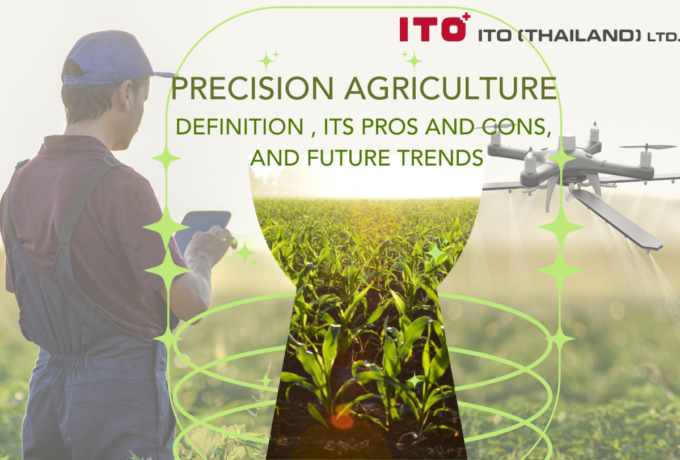
Precision Agriculture
Precision agriculture has revolutionised how we approach crop management by optimising the inputs to meet specific requirements. Even though it is not a new system, recent technologies have made it possible to apply it in practical productions. In this blog, we will discuss the definition of precision agriculture, its pros and cons, and future trends.
-
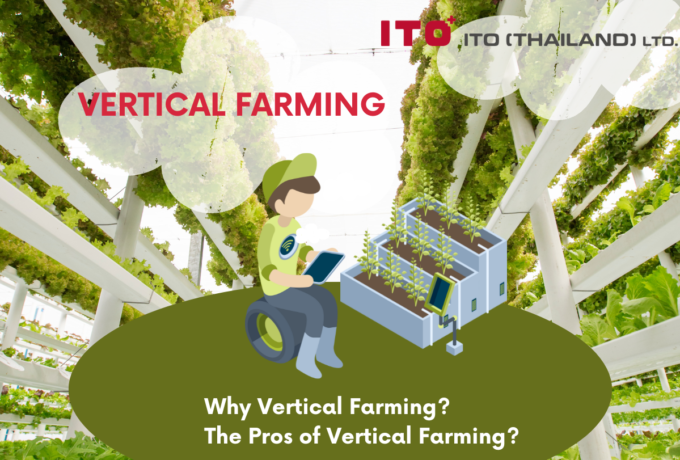
Vertical Farming
Agriculture has utilised nearly all the available land, causing growing difficulty in finding land on the earth’s surface. With limited resources, meeting the world’s food demands will require more innovative and dependable methods of producing safe food, and the answer lies in vertical farming.
-
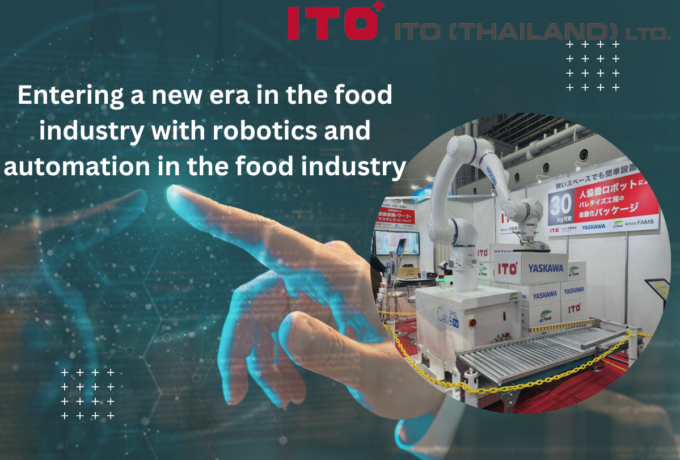
Robots & automation in the food industry
Entering a new era in the food industry with robotics and automation in the food industry
-
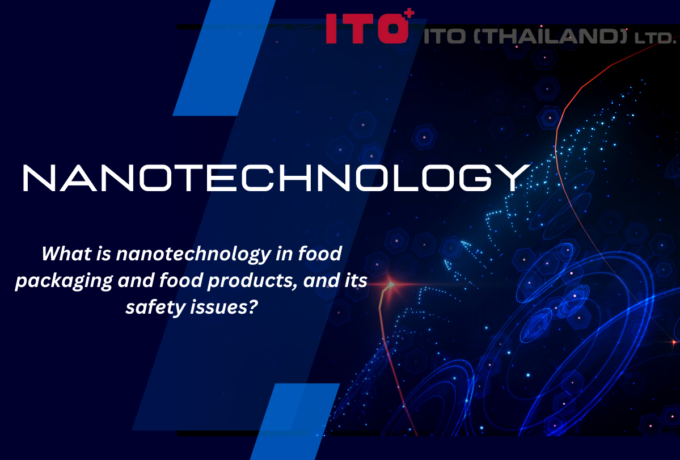
Nanotechnology in the Food Industry
Nanotechnology has been brought to our attention for the last decades, and it has provided various beneficial applications to the food industry. Unlike other technology, nanotechnology has broadened the knowledge in the food industry to another level in a nanoscale dimension. It involves almost every aspect of the food industry, including food packaging, food processing, as well as functional food development and enhancement of food safety. In this blog, we will discuss how nanotechnology is used in food packaging and food products, and the most important part, its safety issues.
-
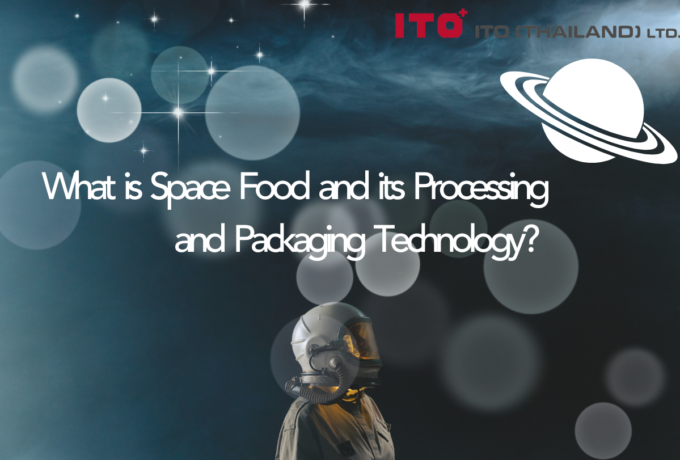
Space Food (Part 1)
In recent years, there has been a number of research in regard to foods for long-term transport. We have discussed that some types of food, such as 3D printed food, are customisable and able to create personalised meals. Doubtlessly, it is capable of long-term missions such as aerospace and military applications. Space food, its processing and packaging technology, as well as space food and waste management will be discussed in this blog.








